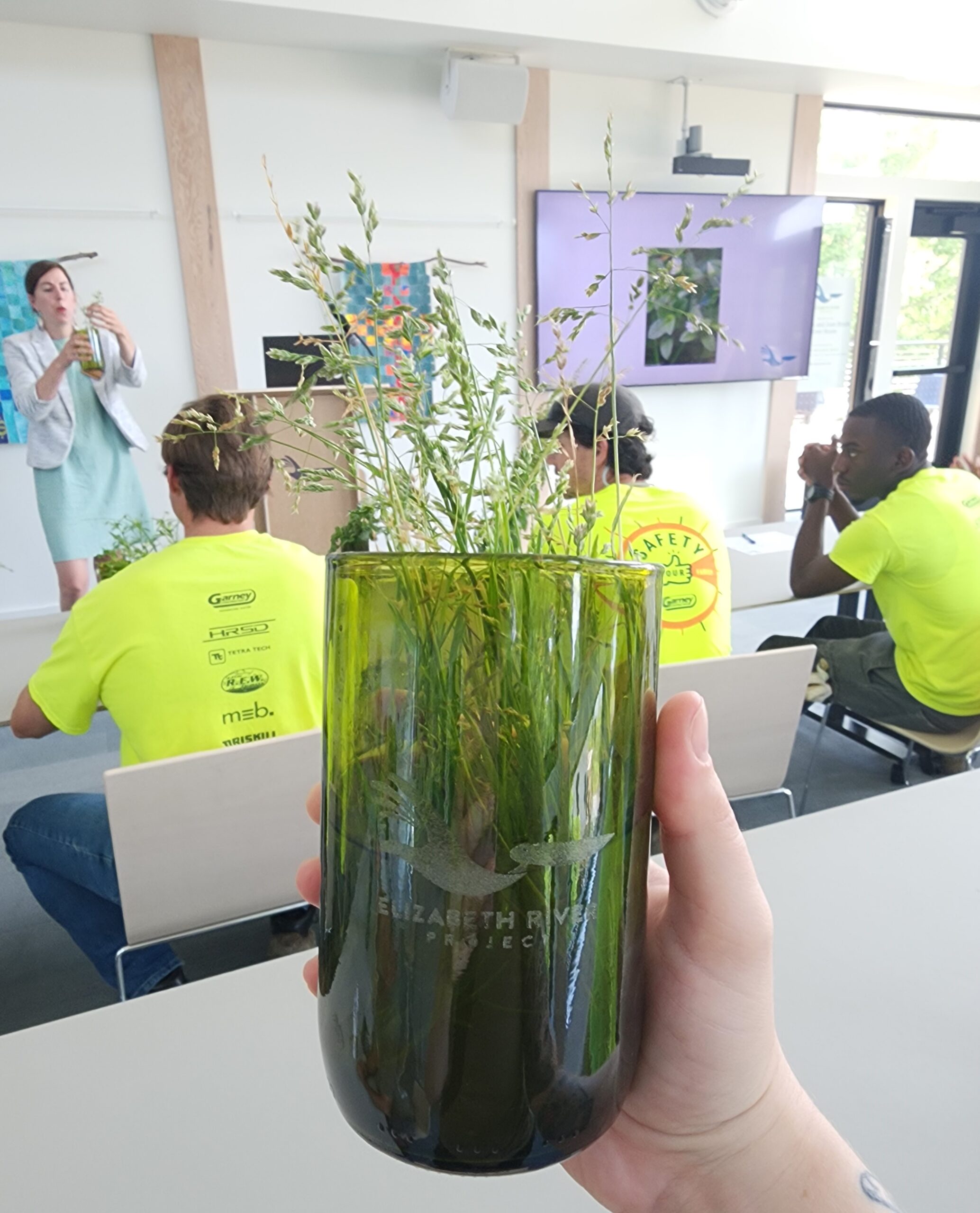News
Congress to Vote on Delisting Gray Wolves and Amending the ESA
December 15, 2025 •iSportsman Staff
June 7, 2024
For the Norfolk, VA, nonprofit the Elizabeth River Project, June 1, 2024 marked the end of a long-term goal and a start to a new chapter in urban environmentalism. Marking the opening day of the Ryan Resilience Lab, the launch to Norfolk’s new “EcoDistrict”, and a milestone to the continuous environmental efforts locally achieved by the Elizabeth River Project and others, the grand opening of the Ryan Resilience Lab signified how far conservation efforts had come in the area over the last few decades — as well as what to expect in the future.
 iSportsman was fortunate enough to have the opportunity to participate in the preparation for this event, volunteering their time to add finishing touches to the native landscaping surrounding the building. The Ryan Resilience Lab is an impressive testament to the extent of environmental architectural design, utilizing 80,000 watts of solar electrical systems, toilets flushed with on-site collected rainwater, and a living shoreline surrounding the backend of the site where it meets the Elizabeth River.
iSportsman was fortunate enough to have the opportunity to participate in the preparation for this event, volunteering their time to add finishing touches to the native landscaping surrounding the building. The Ryan Resilience Lab is an impressive testament to the extent of environmental architectural design, utilizing 80,000 watts of solar electrical systems, toilets flushed with on-site collected rainwater, and a living shoreline surrounding the backend of the site where it meets the Elizabeth River.
Despite additional features that make the lab a low-impact addition to the shoreline, such as green roofs and walls covered in vegetation to reduce runoff and conserve energy, the building itself is a temporary installment — designed to be moved when water levels reach the point when the surrounding land can be officially reclassified as wetlands.
With the lab serving as a community commodity hosting an eclectic assortment of on-site art exhibits, workshops, and learning seminars, arguably the most important feature is the living shoreline.
Norfolk, VA faces a perilous dilemma in the face of climate change like other water locked areas across the globe: sea levels are rising. And Norfolk is on top of an aquifer — an underground layer of water-bearing material — that has been supplying the city with water for decades.
“Think of it as a giant water balloon under the ground,” said Louisa Black Ellis, Elizabeht River Project Resilience Manager, during the training seminar before the volunteer event iSportsman attended. “And we’ve taken too much water out of it. So now, sea levels are rising, and Norfolk is sinking at the same time.”
 The living shoreline is designed to restore un-polluted water back into the aquifer and encourage the re-emergence of naturally occurring wetlands. By maintaining landscapes with native grasses and vegetation, the Elizabeth River Project can slowly reintroduce sands to rebuild shorelines and create habitat for native oyster beds to act as living lungs for the river. Beyond the shore, the landscapes comprised of native plants support pollinators and filter Norfolk’s top polluter—runoff.
The living shoreline is designed to restore un-polluted water back into the aquifer and encourage the re-emergence of naturally occurring wetlands. By maintaining landscapes with native grasses and vegetation, the Elizabeth River Project can slowly reintroduce sands to rebuild shorelines and create habitat for native oyster beds to act as living lungs for the river. Beyond the shore, the landscapes comprised of native plants support pollinators and filter Norfolk’s top polluter—runoff.
While iSportsman only made a miniscule impact in comparison to the decades of dedication performed by the Elizabeth River Project, the spirit of dedicating time embodies the goal of the newly founded “EcoDistrict” the Ryan Resilience Lab represents: the commitment of local businesses and individuals to adopt eco-friendly practices in solidarity and help build the future native wildlife deserves.
